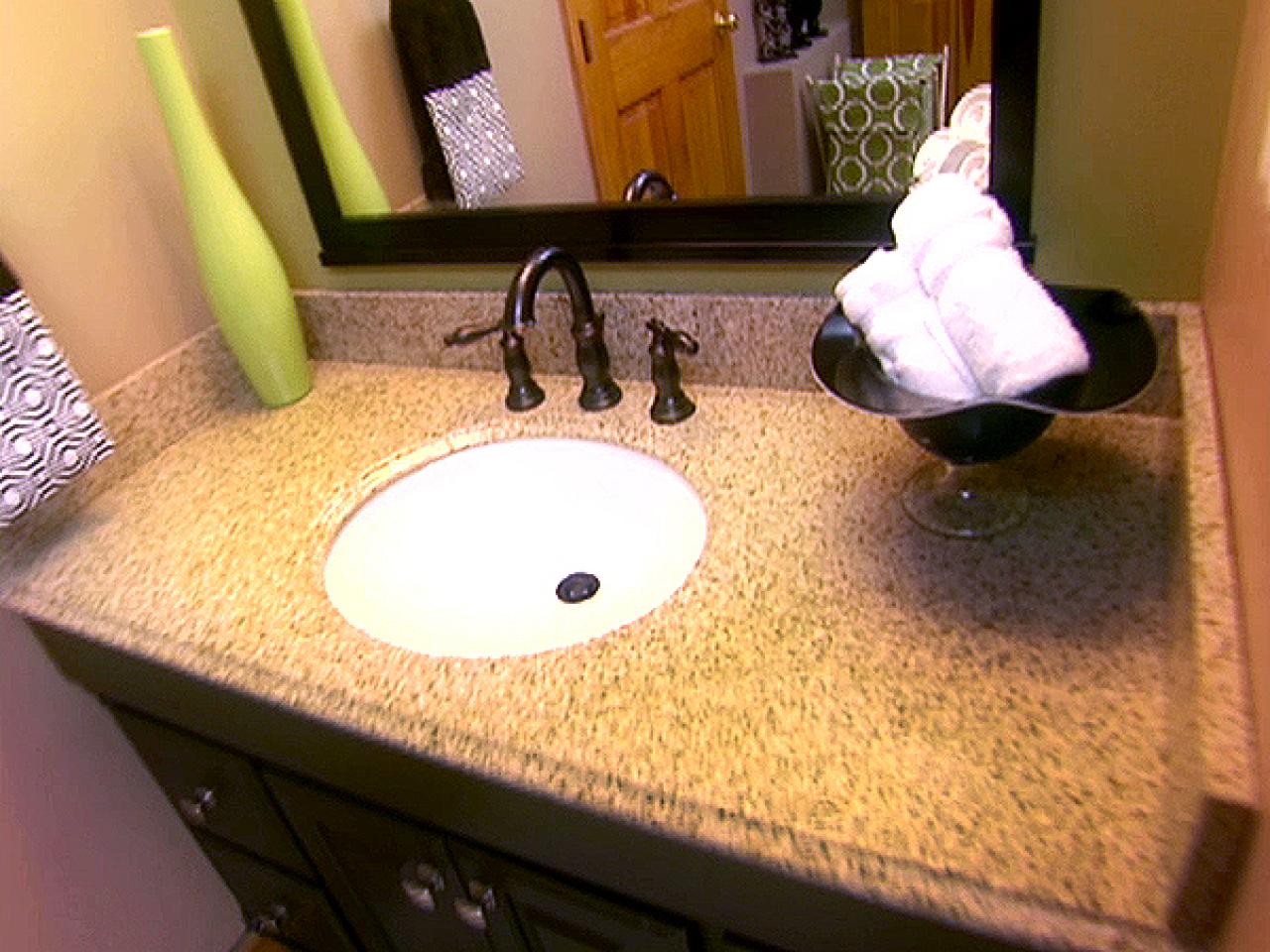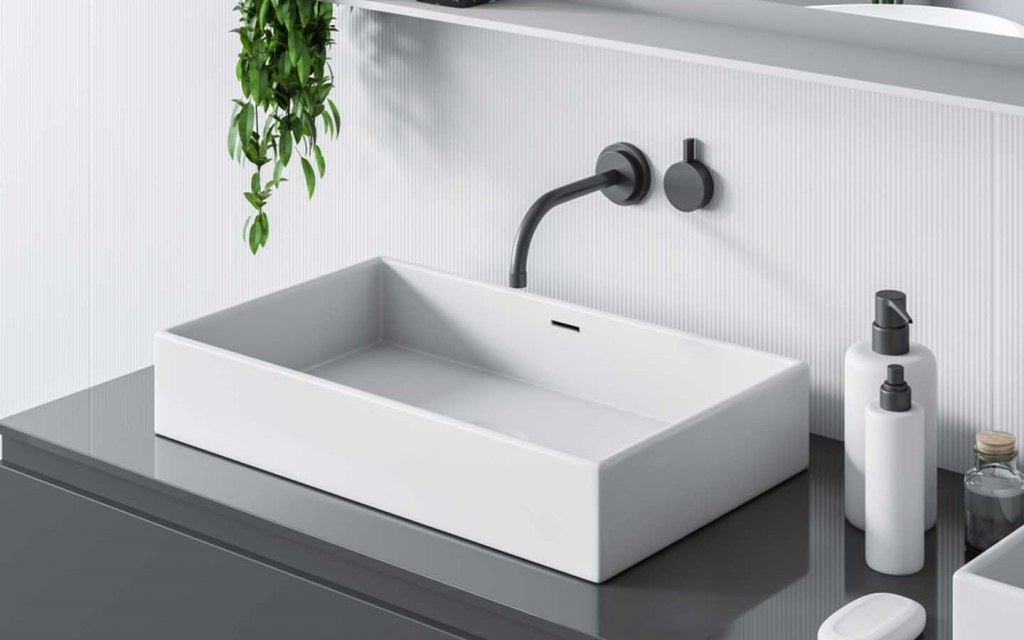Replacing the Whole Bathroom Sink: A Step-by-Step Guide
Are you tired of staring at that outdated, chipped, or stained bathroom sink? It may be time for a complete replacement. While the thought of tackling such a project may seem daunting, fear not! With a little bit of know-how and the right materials, you can easily replace your bathroom sink on your own. Here's everything you need to know about replacing the whole bathroom sink.
How to Replace a Bathroom Sink
Before you start, make sure you have all the necessary tools and materials on hand. This includes a new sink, a wrench, plumber's putty, a screwdriver, and caulking. Once you have everything ready, follow these steps:
Step 1: Turn off the water supply
The first thing you need to do is locate the shut-off valves under the sink and turn them off. If you can't find them, you can turn off the main water supply to your house. Then, turn on the faucet to drain any remaining water in the pipes.
Step 2: Disconnect the plumbing
Using your wrench, loosen the nuts and disconnect the water supply lines from the faucet. Then, remove the drain pipe from the sink. Make sure to have a bucket or towel handy to catch any excess water that may come out.
Step 3: Remove the old sink
With the plumbing disconnected, you can now remove the old sink. If it's attached to the wall, use a screwdriver to remove the screws. If it's attached to a vanity, use a utility knife to cut any caulking and gently lift the sink off.
Step 4: Install the new sink
Place the new sink in the desired location and make sure it's level. If needed, use shims underneath to adjust the height. Once the sink is in place, secure it to the wall or vanity using screws. Then, attach the drain pipe and water supply lines.
Step 5: Apply caulking
Using a caulk gun, apply a bead of caulk around the edge of the sink where it meets the wall or vanity. This will help create a watertight seal and prevent any leaks.
Step 6: Reconnect the plumbing
Once the caulking has dried, reconnect the plumbing by tightening the nuts. Make sure everything is secure and there are no leaks. If there are any leaks, tighten the nuts further or add additional plumber's tape.
DIY Bathroom Sink Replacement vs. Professional Services
While replacing a bathroom sink may seem like a simple enough task, it's important to consider the pros and cons of doing it yourself versus hiring a professional. DIY projects can save you money, but they also require time, effort, and the potential for mistakes. On the other hand, hiring a professional can ensure a quality job and save you the hassle of dealing with any issues that may arise.
Cost of Replacing a Bathroom Sink
The cost of replacing a bathroom sink will vary depending on the type of sink you choose, the complexity of the project, and whether you do it yourself or hire a professional. On average, a basic bathroom sink replacement can cost anywhere from $200 to $500. However, this cost can increase significantly for larger or more intricate sink styles.
Best Materials for Bathroom Sink Replacement
When it comes to choosing the right materials for your bathroom sink replacement, there are a few things to consider. Opt for materials that are durable, easy to clean, and fit the style of your bathroom. Some popular choices include porcelain, ceramic, and stone sinks. You can also choose from various faucet styles and finishes to match your sink and overall bathroom aesthetic.
Tips for a Successful Bathroom Sink Replacement
To ensure a successful bathroom sink replacement, here are some helpful tips:
1. Measure twice, cut once
Before starting the project, make sure to measure your new sink and the space where it will go. This will help ensure a proper fit and avoid any costly mistakes.
2. Have a helper
It may be helpful to have a second set of hands when installing the new sink. They can hold the sink in place while you secure it or help with any other tasks that require assistance.
3. Don't rush
Take your time and follow the steps carefully. Rushing through a project can lead to mistakes and potential issues down the line.
Common Mistakes to Avoid When Replacing a Bathroom Sink
While replacing a bathroom sink may seem like a straightforward task, there are some common mistakes that can be easily avoided:
1. Not turning off the water supply
Forgetting to turn off the water supply can result in a flooded bathroom and potential water damage. Always make sure to turn off the water before starting any plumbing project.
2. Using the wrong tools
Make sure to use the correct tools for the job. Using the wrong tools can lead to damage to your sink or plumbing.
3. Not checking for leaks
After completing the project, make sure to check for any leaks. Even the smallest leak can cause significant damage over time if left unaddressed.
Upgrading Your Bathroom with a New Sink
Replacing your bathroom sink can be a simple way to upgrade the look and functionality of your bathroom. Consider adding some extra features such as a double sink, a vanity with storage, or a touchless faucet for added convenience.
In conclusion, replacing the whole bathroom sink may seem like a daunting task, but with the right tools and knowledge, it can be easily accomplished. Whether you choose to do it yourself or hire a professional, a new bathroom sink can bring new life to your bathroom and make it a more enjoyable space. So, don't be afraid to take on this project and give your bathroom the upgrade it deserves!
Why Replacing the Whole Bathroom Sink is a Great Idea for Your House Design

The Importance of a Bathroom Sink in House Design
 When it comes to designing a house, many homeowners often overlook the importance of the bathroom sink. However, the bathroom sink plays a crucial role in both the functionality and aesthetics of a bathroom. It is more than just a place to wash your hands or brush your teeth. A well-designed bathroom sink can elevate the overall look and feel of your bathroom and make it a more enjoyable space for everyday use.
When it comes to designing a house, many homeowners often overlook the importance of the bathroom sink. However, the bathroom sink plays a crucial role in both the functionality and aesthetics of a bathroom. It is more than just a place to wash your hands or brush your teeth. A well-designed bathroom sink can elevate the overall look and feel of your bathroom and make it a more enjoyable space for everyday use.
The Benefits of Replacing Your Bathroom Sink
 Replacing the whole bathroom sink
may seem like a daunting and expensive task, but it can actually bring many benefits to your house design. First and foremost, it can update the look of your bathroom and make it more modern and stylish. With the variety of designs, materials, and finishes available on the market, you can easily find a sink that fits your personal style and complements the rest of your bathroom.
Moreover, a new bathroom sink can also improve the functionality of your bathroom. If you have an old and worn-out sink, it may have leaks or other issues that can cause inconvenience and even damage to your bathroom. By replacing it with a new and efficient sink, you can avoid these problems and make your daily bathroom routine more enjoyable.
Replacing the whole bathroom sink
may seem like a daunting and expensive task, but it can actually bring many benefits to your house design. First and foremost, it can update the look of your bathroom and make it more modern and stylish. With the variety of designs, materials, and finishes available on the market, you can easily find a sink that fits your personal style and complements the rest of your bathroom.
Moreover, a new bathroom sink can also improve the functionality of your bathroom. If you have an old and worn-out sink, it may have leaks or other issues that can cause inconvenience and even damage to your bathroom. By replacing it with a new and efficient sink, you can avoid these problems and make your daily bathroom routine more enjoyable.
Considerations for Choosing a New Bathroom Sink
 When it comes to choosing a new bathroom sink, there are a few key considerations to keep in mind. First, think about the size and layout of your bathroom. You want to ensure that the sink you choose fits well and doesn't take up too much space. Additionally, consider the material and finish of the sink.
Porcelain, ceramic, and stone
are all popular choices that offer durability and a timeless look. Lastly, think about the faucet and other accessories that will go with the sink to ensure a cohesive and functional design.
In conclusion,
replacing the whole bathroom sink
is a great idea for your house design. It can bring both aesthetic and functional benefits to your bathroom and enhance the overall look and feel of your home. With careful consideration and the help of a professional, you can find the perfect bathroom sink that fits your style and needs. Don't hesitate to make this upgrade and transform your bathroom into a more beautiful and functional space.
When it comes to choosing a new bathroom sink, there are a few key considerations to keep in mind. First, think about the size and layout of your bathroom. You want to ensure that the sink you choose fits well and doesn't take up too much space. Additionally, consider the material and finish of the sink.
Porcelain, ceramic, and stone
are all popular choices that offer durability and a timeless look. Lastly, think about the faucet and other accessories that will go with the sink to ensure a cohesive and functional design.
In conclusion,
replacing the whole bathroom sink
is a great idea for your house design. It can bring both aesthetic and functional benefits to your bathroom and enhance the overall look and feel of your home. With careful consideration and the help of a professional, you can find the perfect bathroom sink that fits your style and needs. Don't hesitate to make this upgrade and transform your bathroom into a more beautiful and functional space.






























































